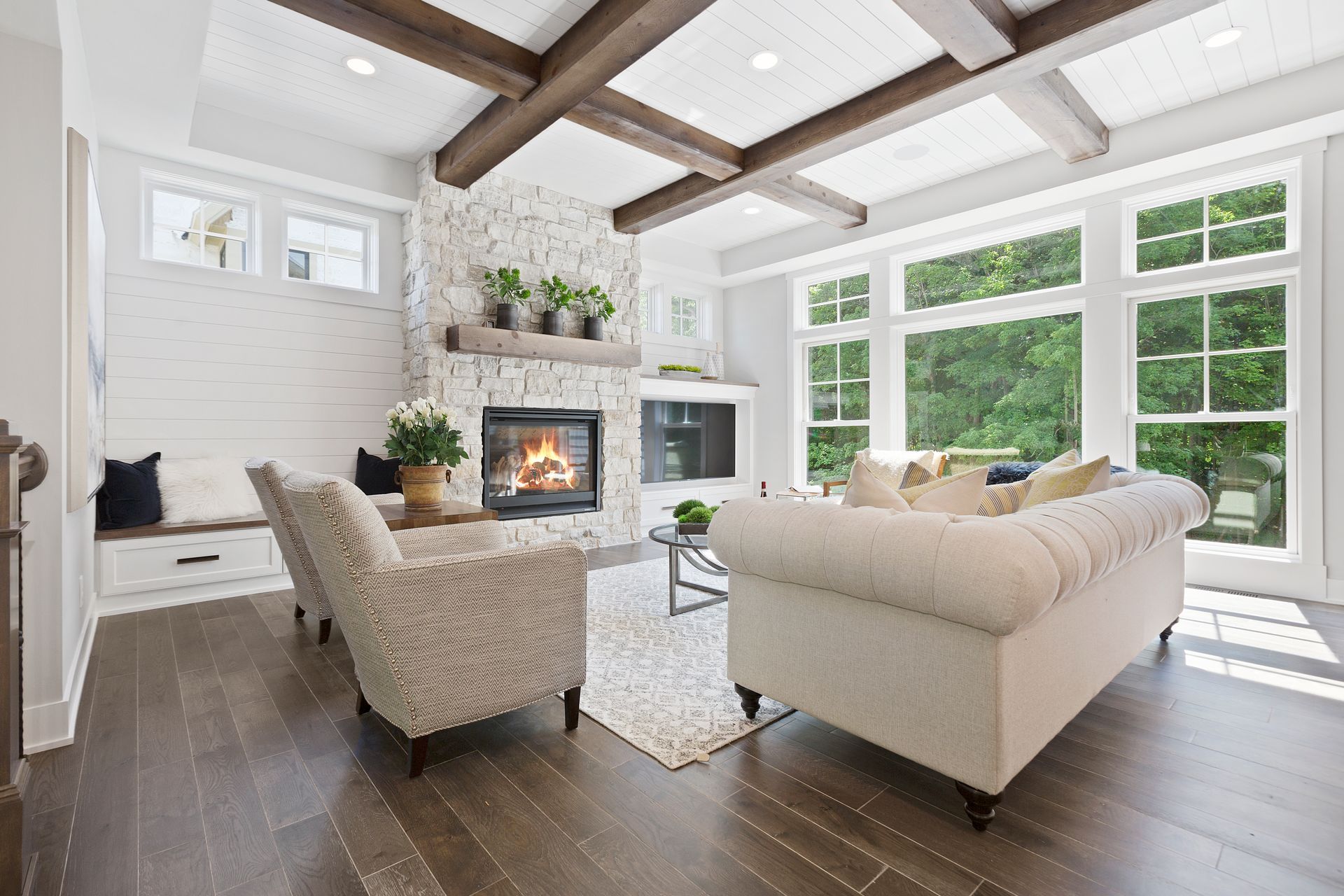Preparing your home for a private viewing
Private showings are a crucial part of selling your home. Unlike open houses, they allow potential buyers to explore your property in a quiet, focused setting. First impressions matter, and the way your home is presented can make a lasting impact. Here’s how to prepare your home for a private viewing to help attract serious buyers.
1. Declutter and Depersonalize
Buyers want to envision themselves in your home. Remove personal photos, memorabilia, and excess items that can distract from your space. Keep surfaces clean and rooms tidy to create an open, inviting environment.
2. Deep Clean Every Room
A sparkling home signals care and attention. Clean windows, floors, bathrooms, and kitchens thoroughly. Don’t forget smaller details like light switches, door handles, and baseboards—they all contribute to a polished look.
3. Enhance Curb Appeal
The exterior of your home is the first thing buyers see. Mow the lawn, trim bushes, and consider adding fresh flowers or a welcoming doormat. A well-maintained exterior sets the tone for what buyers can expect inside.
4. Stage Key Areas
Highlight the functionality and flow of your home. Arrange furniture to create spacious, inviting rooms. Add simple touches like fresh towels in the bathroom, a bowl of fruit in the kitchen, or neutral décor accents to make your home feel warm and appealing.
5. Control Lighting and Ambiance
Open blinds and curtains to let in natural light. Turn on lights in darker areas and consider soft background music to create a pleasant atmosphere. A well-lit, cheerful home feels more inviting and comfortable.
6. Address Small Repairs
Fix leaky faucets, squeaky doors, or chipped paint. Small maintenance tasks can make a big difference in how buyers perceive the overall condition of your home.
7. Create a Comfortable Experience
Ensure your home smells fresh, with no overpowering odors. Keep pets in a separate area during viewings. Make sure temperature and ventilation are comfortable for visitors.
Private showings give buyers an opportunity to connect emotionally with your home. By taking the time to prepare thoughtfully, you increase your chances of leaving a positive impression—and ultimately, attracting offers.




